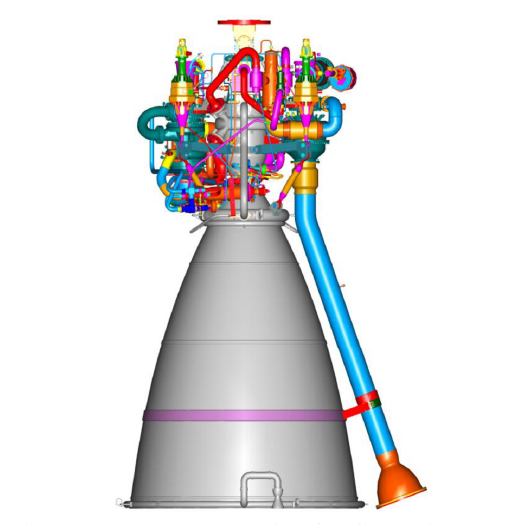Free Courses Sale ends Soon, Get It Now


Free Courses Sale ends Soon, Get It Now



Disclaimer: Copyright infringement not intended.
Context
Details
The CE-20 Cryogenic Engine
Overview
Thrust-to-Weight Ratio and Specific Impulse
Gas Generator Cycle
The Launch Vehicle Mark-3 (LVM3)
The Liquid Propulsion Systems Centre (LPSC)
Conclusion
In the grand saga of India's space exploration journey, the successful development and testing of the CE-20 cryogenic rocket engine stand as a testament to the nation's technological prowess. As ISRO embarks on its 'Mission Gaganyaan,' the CE-20 engine, with its groundbreaking gas-generator cycle, is set to propel India's aspirations into the cosmos.
MUST READ ARTICLES:
https://www.iasgyan.in/blogs/cryogenic-engine
|
PRACTICE QUESTION Q. Discuss the significance of the CE-20 cryogenic rocket engine, its technical specifications, and the role it plays in India's space program, with a focus on 'Mission Gaganyaan.' (250 Words) |
© 2024 iasgyan. All right reserved